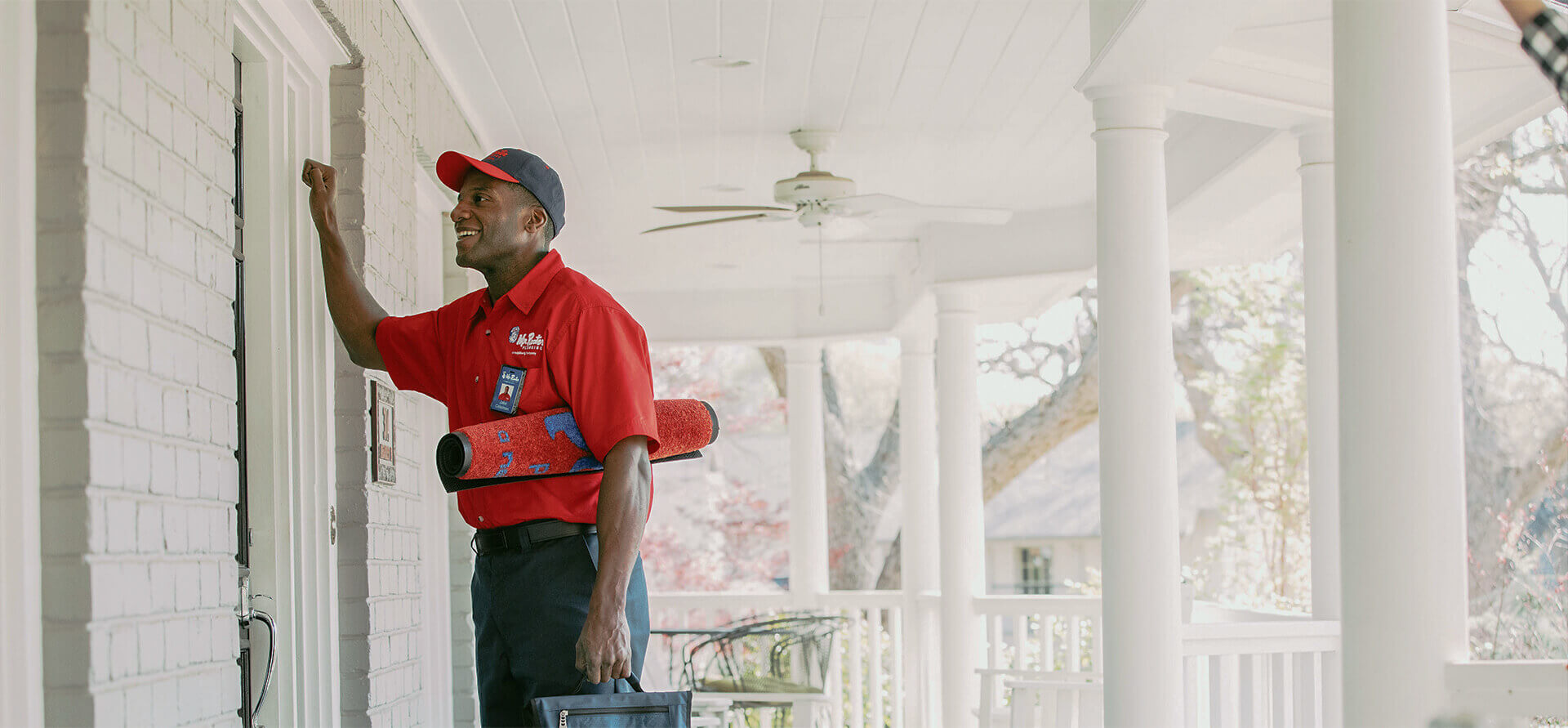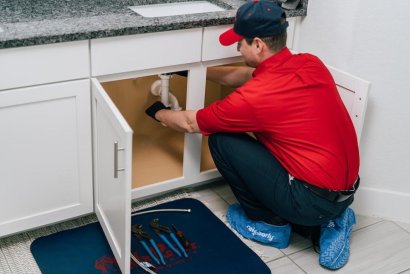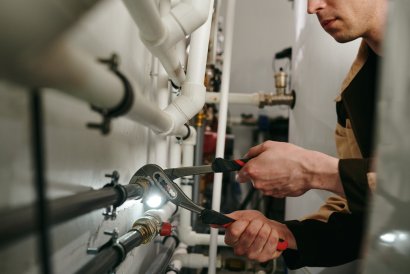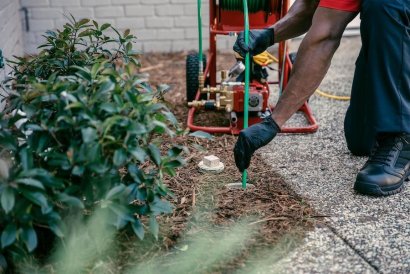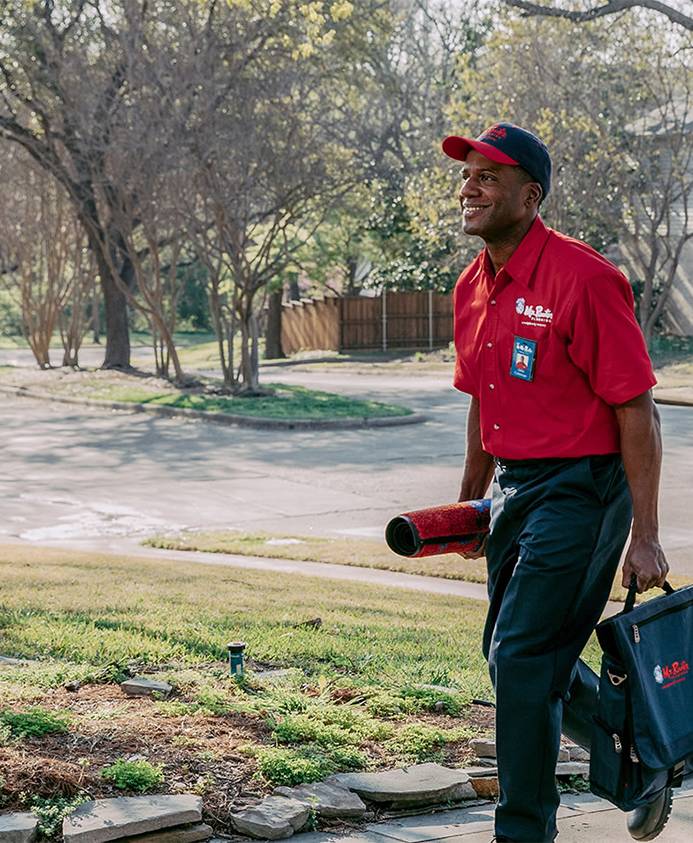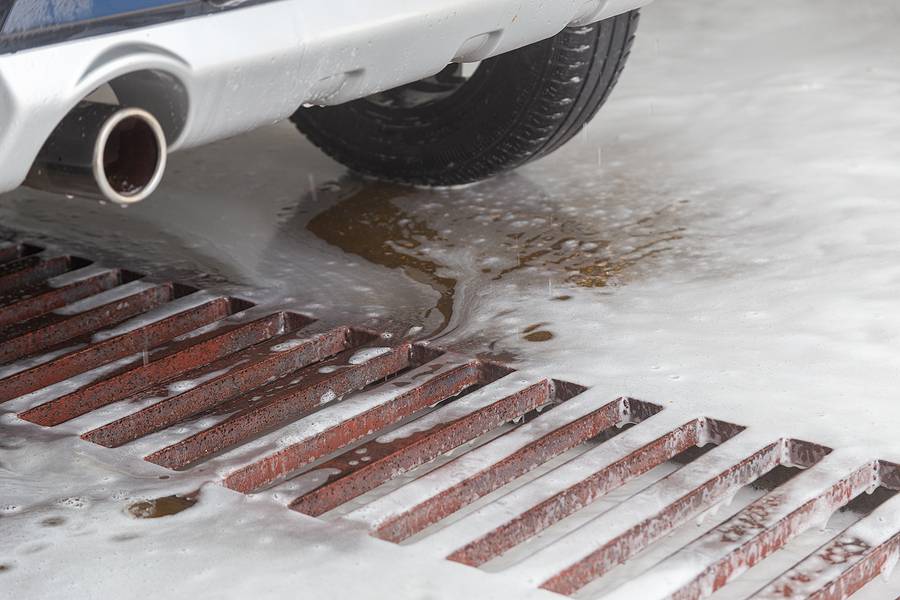A clogged garage floor drain can cause water buildup, unpleasant odors, and potential damage to your garage and stored items. Fixing this issue can prevent deterioration and costly clogged drain line repair emergencies. If you notice telltale signs of clogging, Mr. Rooter Plumbing can assess the severity and recommend effective solutions. Let’s look at essential steps to address a clog in your garage floor drain, ensuring the process is manageable and effective.
Prepare Your Tools and Safety Gear
Before tackling a clogged garage floor drain, gathering the right tools and wearing the proper safety gear is crucial. You’ll need rubber gloves to protect your hands from dirt and bacteria, a plumber’s snake or drain auger for reaching and removing deep clogs, a bucket for any waste you might extract, a garden hose for flushing the drain after clearing it, and a plunger for dislodging the clog manually. Safety goggles are also essential to shield your eyes from splashes or debris. If you still need to get these items ready or prefer a hands-off approach, hire a professional plumber to handle the heavy lifting. We show up with industry-standard tools, ensuring a smoother and safer drain cleaning process and minimizing the risk of contamination or injury.
Remove Debris from the Drain Cover
Remove any visible debris around the drain cover if you opt for a more DIY approach. Use a screwdriver to loosen the cover if it’s fastened. Carefully lift the cover and set it aside. This step allows you to access the drain opening for thorough cleaning. Consult a plumber or realtor for the building’s blueprints if you need help to pinpoint the cover.
Manually Clear the Drain
The next step is to remove any solid materials you can reach from the drain’s entrance. Ensure you wear gloves to avoid contact with toxic and potentially hazardous waste. Some of the common materials causing blockages include leaves, dirt, and other debris. Clearing this material can improve drainage, but if it persists, call a plumbing service or use a plunger.
Use a Plunger
As mentioned, a plunger is an effective tool for DIY clogged drain line repair projects. Place the plunger over the drain opening and perform several vigorous plunging motions. This action can help dislodge any clogs lying just below the surface. Occasionally, lift the plunger to see if the water drains. Use a drain snake or hire a plumbing service expert to handle the problem in case of persistent blockage.
Use a Plumber’s Snake
For deeper or stubborn clogs, a plumber’s snake is necessary. Insert the snake into the drain and slowly feed it down. When you feel resistance, rotate the snake to help break apart the clog. Move the snake forward and backwards until you feel the blockage clearing. If a drain auger is inaccessible, hire a plumbing repair service to leverage their innovative tools and equipment.
Drain cleaning is a straightforward process you can often handle without professional help. By following these steps, you can restore proper drainage and prevent the potential damage associated with water buildup. Contact us at Mr. Rooter Plumbing and schedule regular maintenance with our plumbing repair service experts to avoid future clogs and keep your garage dry and functional.


